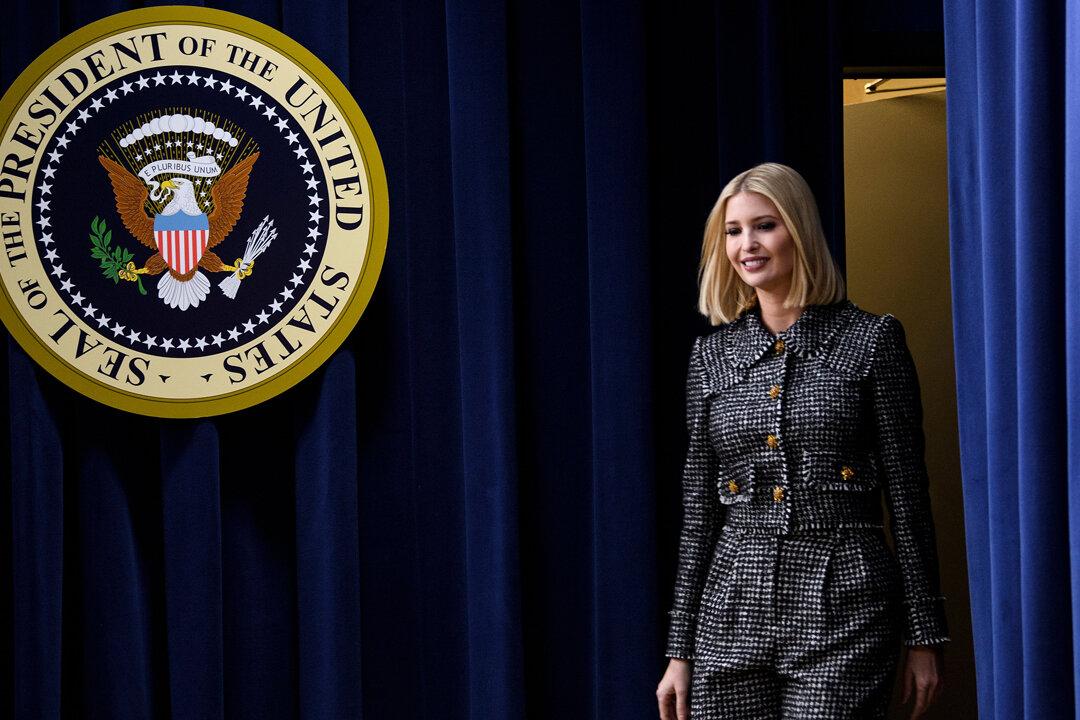Commentary
Republicans have long claimed to be the party that supports the family unit. Despite balking for years, Republicans finally seem to be getting on board with paid family leave, a policy that, if crafted well, would surely be a boon for struggling parents without padding government bureaucracy too much.





